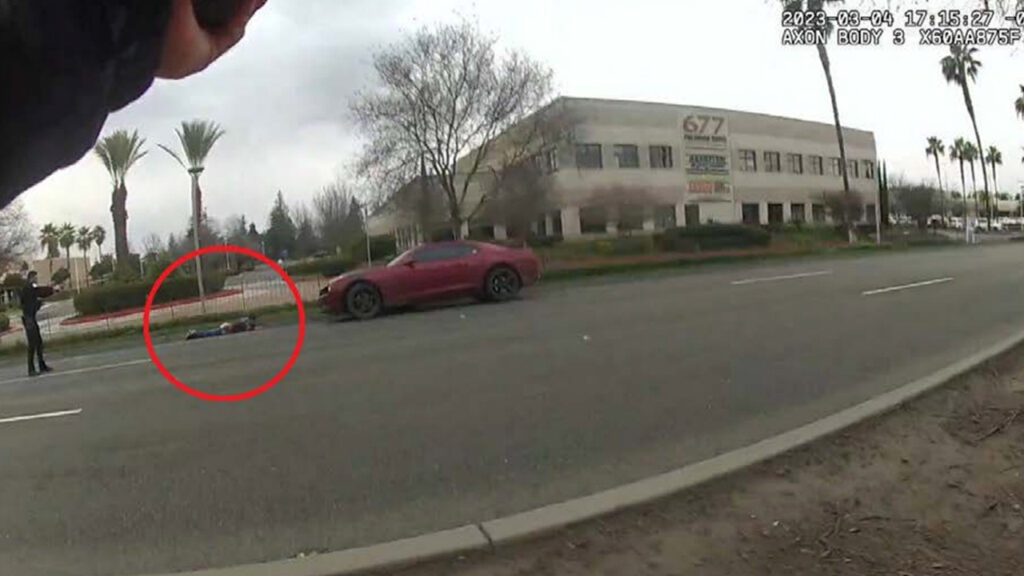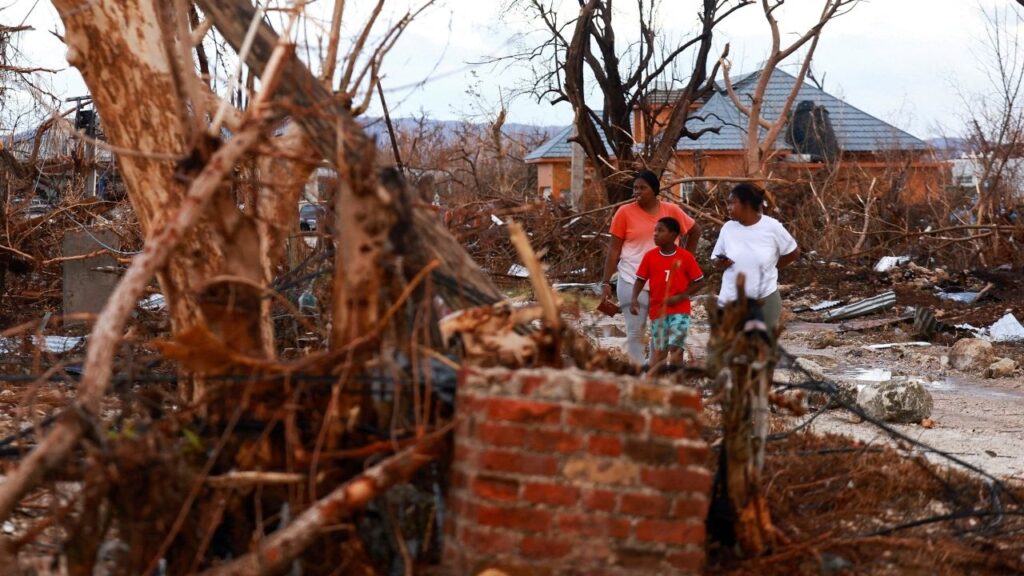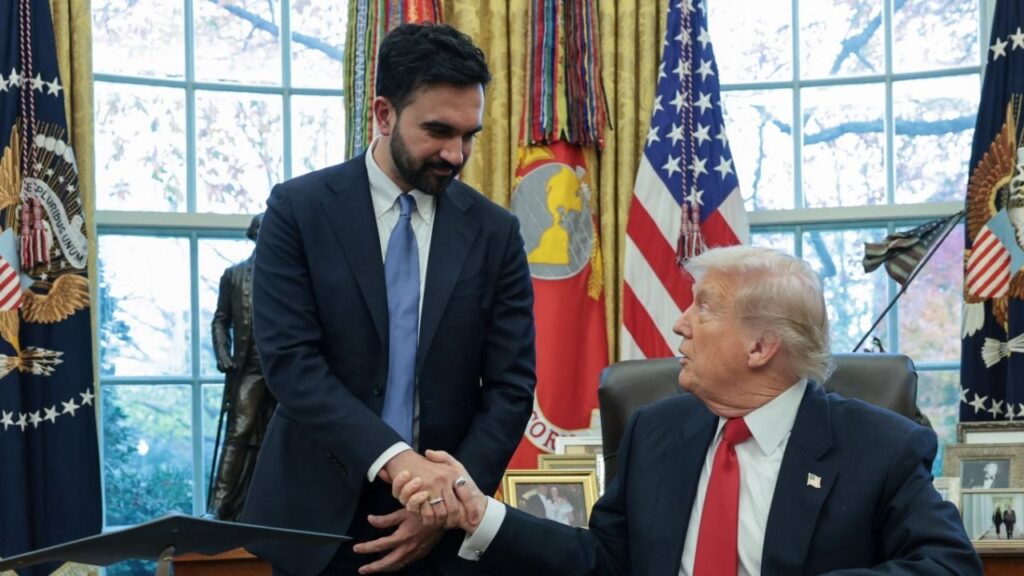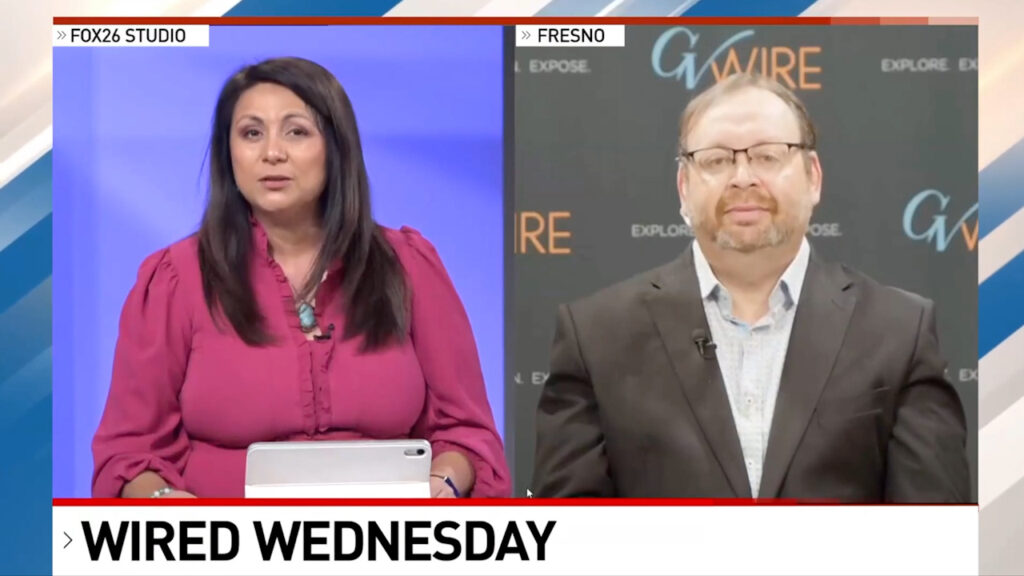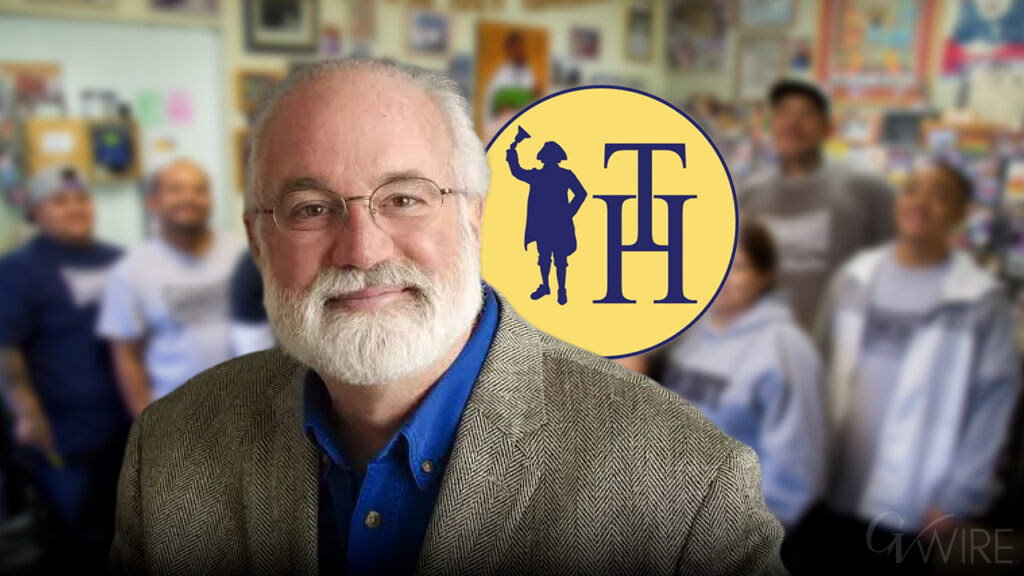New research reveals glaciers face inevitable ice loss regardless of climate action, but mitigation can limit damage. (Shutterstock)

- Glaciers will lose one-third of their mass even if temperatures remain constant.
- Limiting warming to 1.5 degrees could save twice as much ice as current trajectory.
- Study analyzed 200,000 glaciers across 80 different climate scenarios over millennia.
Share
There’s news about glaciers, and it’s grim.
Regardless of climate mitigation strategies, the world’s glaciers are on track to shrink significantly over hundreds of years, according to a new study published Thursday. They’re locked in to losing ice.
Even if global temperatures stayed where they are today for the next 1,000 years, essentially an impossibility, glaciers outside of ice sheets would lose roughly one-third of their mass, researchers estimated.
Hope Remains for Limiting Severe Losses
But there’s still hope to avoid the most severe losses, the assessment said. Limiting warming to 1.5 degrees Celsius, or 2.7 degrees Fahrenheit, above the preindustrial average could save about twice as much ice in a millennium than if the planet warmed by 2.7 degrees Celsius, the trajectory the world is currently on for 2100, according to the study.
“Every tenth of a degree less of warming will help preserve glacial ice,” said Lilian Schuster, a glacial modeler at the University of Innsbruck in Austria who helped lead the research, which was published in the journal Science. “With ambitious climate measures, we can save a lot of ice.”
The massive ice sheets that cover Antarctica and Greenland get a lot of attention in the climate change discussion; if they melted, sea levels would rise more than 200 feet, flooding coastal cities around the world.
But glaciers found in mountains and near the margins of ice sheets play a small but significant role in the climate change story, too. They make up less than half of 1% of the world’s ice and, if they melt, they would contribute about 1 foot to global sea level rise.
Glaciers as Climate Change Symbols
As glaciers melt, they can also increase the risk of deadly floods and landslides. A glacial collapse in Switzerland this week destroyed most of an Alpine village. And if glaciers shrink enough, communities can lose crucial sources of freshwater for drinking, irrigation and hydropower.
Glaciers are melting much more rapidly than ice sheets in response to global warming, in part because they are smaller.
“Glaciers are really symbolic of climate change,” said Harry Zekollari, a glaciologist at the Vrije Universiteit Brussel, a Belgian research university, who contributed to the new study.
Glacier retreat has captured much attention in recent years, but the losses so far appear to be only a harbinger of bigger problems to come.
Using eight different glacial models and excluding ice sheets, the researchers analyzed how more than 200,000 of the world’s glaciers would respond to 80 different climate scenarios, over thousands of years, in which the planet reached a certain temperature and then stopped warming. The models showed the researchers how long it would take these glaciers to stabilize, or stop changing in response to the initial climate warming.
Even if warming stops at 1.2 degrees Celsius above preindustrial levels, the average warming over roughly the last decade, glaciers are on track to lose significant volumes of ice within a millennium, the study found. The median ice loss was about 40%, which would add about 10 centimeters to sea level rise.
Because the planet has already warmed at least 1.2 degrees Celsius, that ice loss and its resulting sea level rise are unavoidable.
Long-Term Projections Beyond 2100
Bigger and flatter glaciers with more ice respond more slowly to climate change, taking hundreds, if not thousands, of years to stabilize after a temperature shift, the study found. But most climate models stop at 2100.
“We project the loss for the rest of the century, but we don’t really know what happens next,” said Romain Hugonnet, an Earth scientist at the University of Alaska Fairbanks who uses remote sensing to study glacier change and was not involved in the study. “It’s really important to look at it this way.”
If warming instead stopped at 1.5 degrees Celsius, the median estimate suggests that glacial ice loss would creep up to nearly half the current global mass. And at 2.7 degrees Celsius, the Climate Action Tracker estimate for 2100 based on current climate pledges, the median value for glaciers’ ice loss would be about 75% of their mass.
“A large chunk of these glaciers are going to be lost regardless of what we do,” said Mauri Pelto, a glaciologist at Nichols College in Dudley, Massachusetts, who was not involved in the new study. Still, policies around mitigating climate change and reducing emissions can help avoid the most severe ice-loss scenarios and save the larger glaciers, both he and the study authors stressed.
“We have time to alter the climate,” Pelto said. “We have time to preserve those glaciers.”
Scientists are also exploring “overshooting” warming thresholds, where the world warms beyond a given temperature and then cools down again. Another study by Schuster, published in the journal Nature this month, found that overshooting to 3 degrees Celsius of warming and then returning to 1.5 degrees Celsius would cause about 11% more glacial ice to be lost by 2500, in addition to the unavoidable ice loss.
The results were about what was expected but still alarming, Hugonnet said. Having multiple models from multiple teams around the world home in on the same outcomes, even with somewhat wide ranges, made the results more robust.
“There’s probably more work to be done to see which models perform the best,” Hugonnet said. “But we know there will be a substantial loss pretty confidently.”
—
This article originally appeared in The New York Times.
By Rebecca Dzombak
c. 2025 The New York Times Company
RELATED TOPICS:
Categories
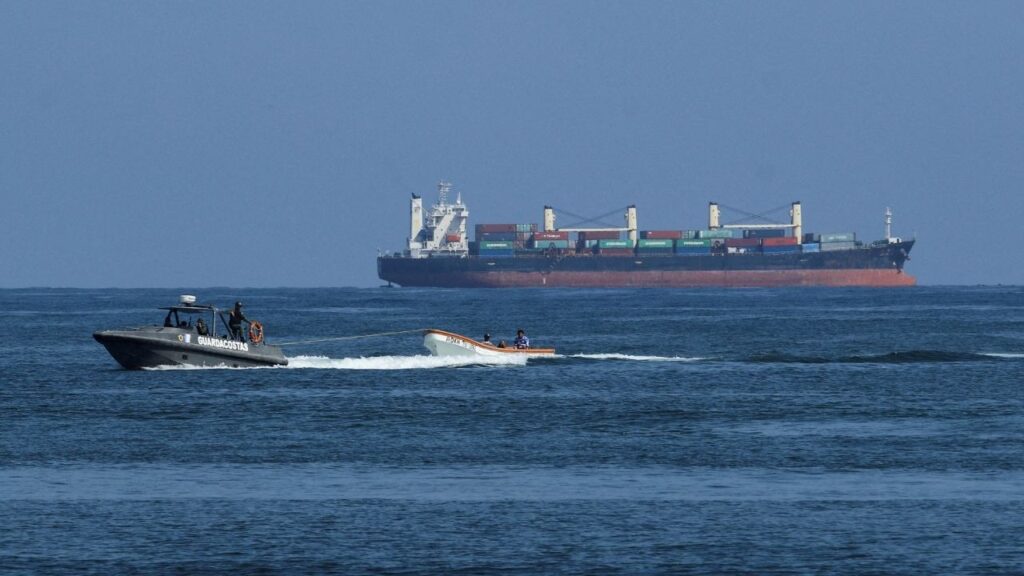
US Warns Airlines of Potential Hazards When Flying Over Venezuela
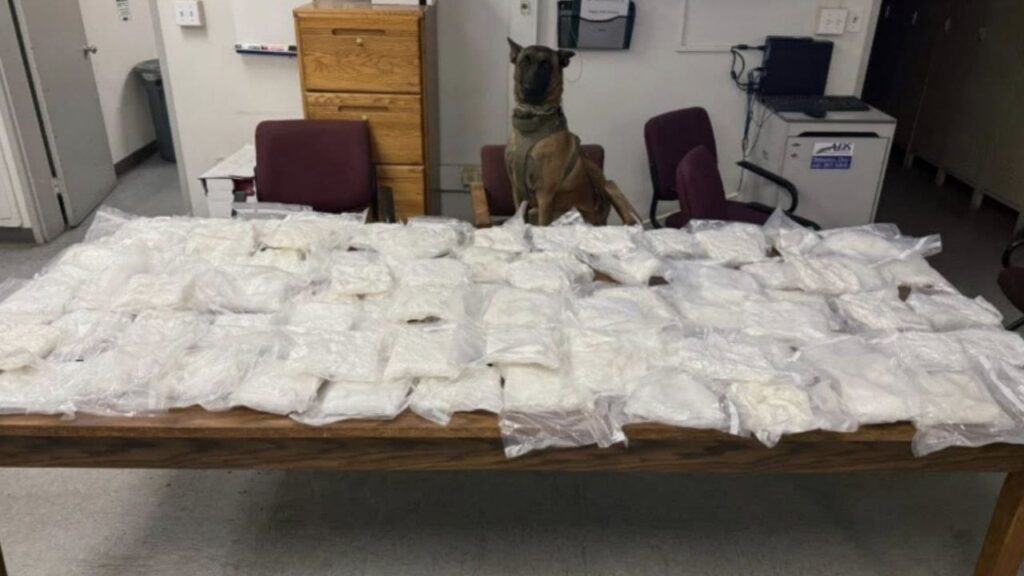
Tulare County K9 Deputy Finds 90 Pounds of Meth in Traffic Stop

President Heaps Praise on Mamdani and New York’s Future
